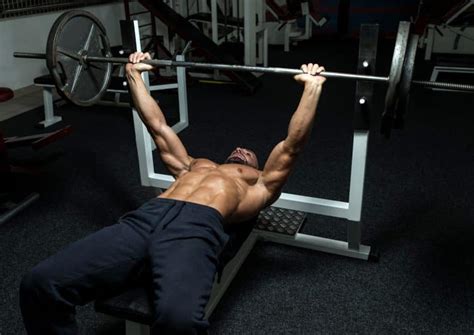Advanced techniques to break strength plateaus for peak performance?

Understanding the Strength Plateau Phenomenon
Every dedicated lifter eventually faces the frustrating wall known as a strength plateau. What once seemed like consistent progress grinds to a halt, leaving you stuck at the same weights, reps, or sets. This isn’t a sign of failure but a natural physiological adaptation. Your body has become efficient at the demands you’ve been placing on it, and to continue progressing, you need to introduce new, more challenging stimuli. Breaking through these plateaus requires a sophisticated, multi-faceted approach that goes beyond simply adding more weight or reps.

The Pillars of Advanced Plateau Busting
1. Strategic Training Adjustments
- Undulating Periodization: Instead of linear progression (slowly increasing weight over time), undulating periodization varies intensity and volume more frequently—daily or weekly. This keeps your body guessing, hitting different energy systems and muscle fibers, preventing adaptation to a single stimulus. For example, one day could be heavy, low-rep power work, another moderate-rep hypertrophy, and a third lighter, high-rep endurance.
- Progressive Overload Reimagined: Beyond just adding weight, progressive overload can involve increasing time under tension (tempo training), reducing rest periods, increasing frequency, improving technique, or even performing more sets/reps at the same weight (volume progression).
- Deloading and Strategic Rest: Sometimes, the best way to get stronger is to take a step back. A properly planned deload (reducing volume, intensity, or both for a week) allows your central nervous system and muscles to recover fully, often leading to a ‘supercompensation’ effect where you come back stronger than before.

2. Intensity Amplifiers and Neuromuscular Efficiency
- Cluster Sets: Break down a traditional set (e.g., 5 reps) into smaller clusters (e.g., 2+2+1 reps) with very short inter-rep rest periods (10-20 seconds). This allows you to lift heavier weights for more total reps, enhancing power and reducing fatigue within the set.
- Post-Activation Potentiation (PAP): Exploit your body’s ability to temporarily increase force production after a high-intensity stimulus. For instance, perform a heavy single or double deadlift, rest for 3-5 minutes, then immediately follow with a lighter, explosive set of box jumps or clean pulls. This ‘potentiates’ the nervous system for greater subsequent power output.
- Tempo Training: Manipulate the speed of eccentric (lowering) and concentric (lifting) phases. Slow eccentrics (e.g., 4-6 seconds) can increase muscle damage for hypertrophy, while explosive concentrics can boost power. A tempo like 4-0-X-1 (4 seconds eccentric, 0 pause, explosive concentric, 1 second pause) can be highly effective.
- Isometrics and Partial Reps: Incorporate holds at sticking points or perform partial reps within a limited range of motion where you are strongest. This can build strength in specific weak links.

3. Optimizing Recovery, Nutrition, and Lifestyle
No training program, however advanced, will yield results without adequate recovery and fuel.
- Sleep Optimization: Aim for 7-9 hours of quality sleep per night. This is where muscle repair, hormonal regulation (growth hormone, testosterone), and central nervous system recovery primarily occur.
- Precision Nutrition: Ensure adequate protein intake (1.6-2.2g/kg bodyweight) to support muscle repair and growth. Don’t fear healthy fats for hormonal health, and strategically time carbohydrates around workouts for energy and recovery. Consider micronutrient deficiencies and hydration.
- Stress Management: Chronic stress elevates cortisol, hindering recovery and performance. Incorporate meditation, mindfulness, or other stress-reducing activities into your daily routine.
- Active Recovery: Light cardio, foam rolling, stretching, and mobility work can enhance blood flow, reduce muscle soreness, and improve range of motion without adding significant stress.

4. The Mental Game and Biofeedback
Your mind is as crucial as your muscles in breaking plateaus.
- Visualization: Mentally rehearse successful lifts and imagine overcoming challenges.
- Goal Reassessment: Sometimes a plateau signifies you’ve achieved your initial goal. Set new, more ambitious targets.
- Training Journal: Meticulously track your workouts, sleep, nutrition, and even mood. This provides invaluable data to identify patterns and make informed adjustments.
- Listen to Your Body: Learn to differentiate between muscle soreness and true pain. Don’t be afraid to adjust a planned workout based on how you feel on a given day.

Implementing a Holistic Approach
Breaking strength plateaus isn’t about finding one magical technique; it’s about intelligently integrating several advanced strategies. Periodize your training, experiment with intensity amplifiers, meticulously manage your recovery and nutrition, and cultivate a resilient mindset. Consistency and patience remain paramount. By continuously challenging your body and mind in new ways, you’ll not only break through current plateaus but also build a foundation for sustained peak performance.







